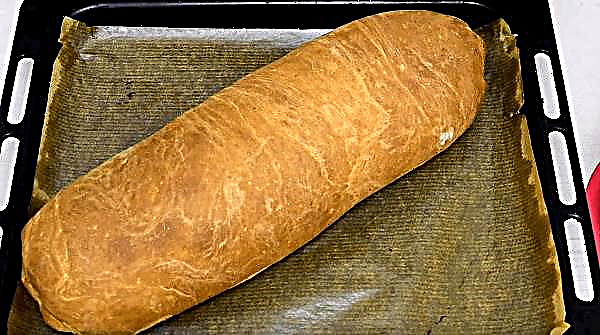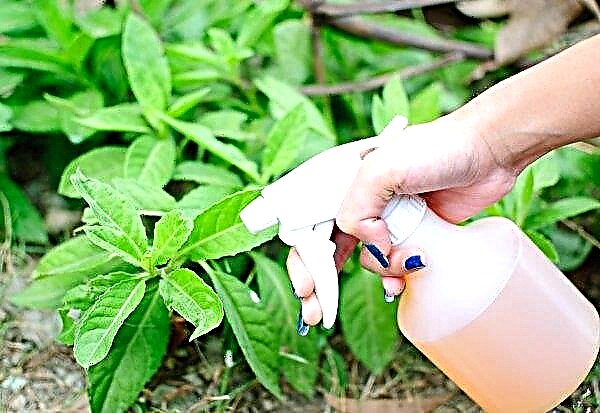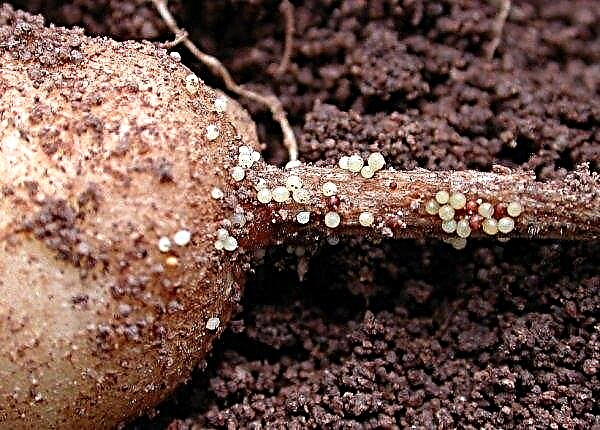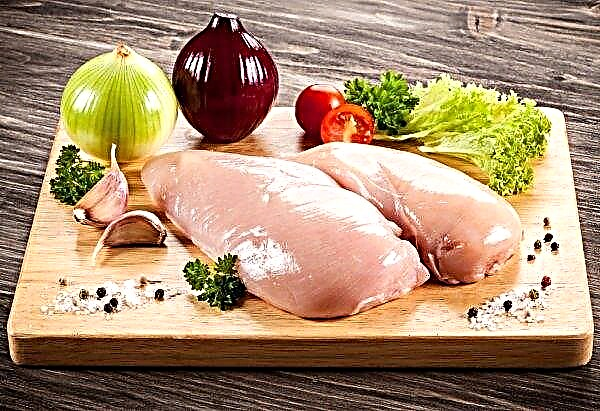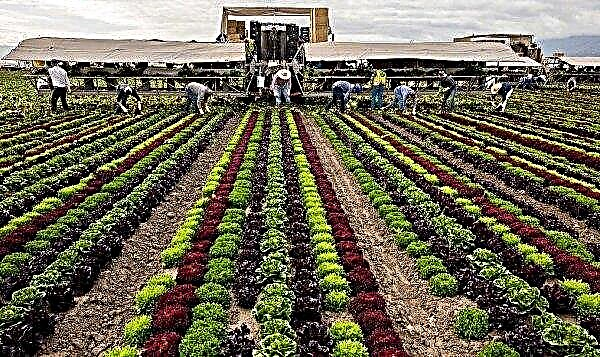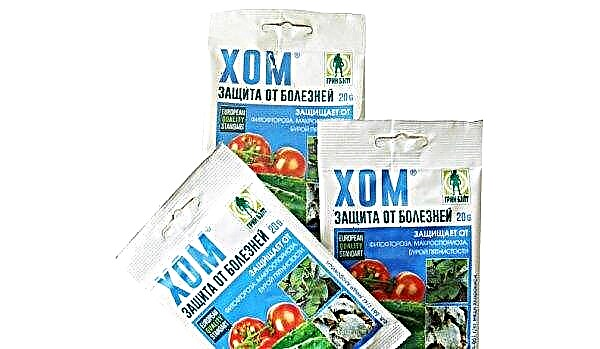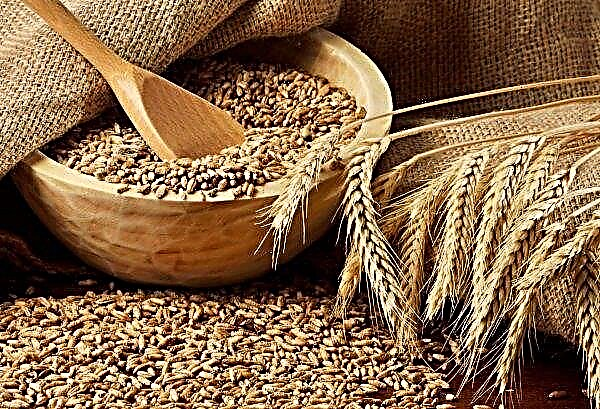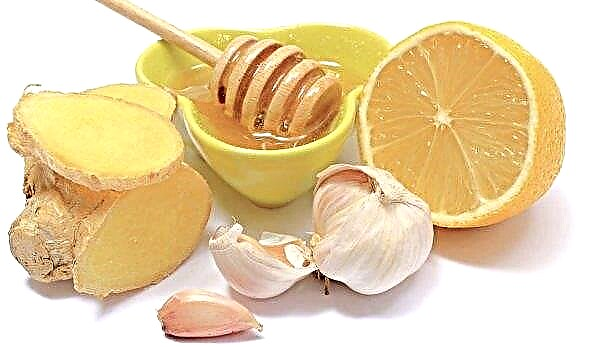The timeliness of harvesting cabbage is reflected in its safety and commercial qualities. The timing is influenced by various factors, including the climatic conditions of the growing region.
How to determine if cabbage is ripe?
First of all, the ripening time of vegetables depends on varietal characteristics. For early varieties of white cabbage, the period of full ripening is 55–60 days, and later varieties ripen in 165–180 days. Mid-early varieties are harvested on the 70-75th day from emergence of seedlings, and mid-ripening varieties are harvested in the range from 80 to 120 days. So there are no uniform terms for the collection of this vegetable.

Early varieties are usually harvested in June-July, and late ones in September-October. The most valuable varieties suitable for storage, salting are medium late and late. It’s not worthwhile to keep the cabbage heads on the beds, as they can crack - the forks will be suitable for food, but their storage life will significantly deteriorate. Therefore, it is important to determine the period when cabbage can be cut.
In this case, you should focus on the following signs:
- firm and strong forks;
- plant growth arrest;
- the appearance on the top of the head of a white spot;
- lightening the color of the leaves.
Did you know? The Roman emperor Diocletian, retiring from business, went to his estate, where he began to grow vegetables. Once, a delegation arrived to him asking him to take their place again. But he said that if they had seen what the cabbage he had grown, they would not have bothered him with this proposal.
Harvest dates in the suburbs
For the middle zone of the Russian Federation, including the Moscow region, a moderate continental climate, warm summers and relatively cold winters are inherent. Temperatures suitable for planting cabbage seedlings here are set from the end of April to the beginning of May, which means that seeds are sown in March-April. This crop can tolerate small frosts.
Early varieties in the suburbs are harvested in June-July, medium ones are cut in August, and late ones are harvested in mid-October. Seedlings of late and medium late varieties planted for the winter are planted from the tenth of May to the end of this month, at the age of 30–40 days.
 The optimum temperature for growing cabbage is an interval in the range of +2 ... + 15 ° C
The optimum temperature for growing cabbage is an interval in the range of +2 ... + 15 ° C
Step-by-step cleaning instructions
Harvesting cabbage grown in your own garden is necessary in dry and sunny weather. First you need to prepare board shields or boards on which to place the cut heads. It is necessary to take care of the tool for collecting this vegetable - carefully sharpen the bayonet shovel.
Important! It is not worth keeping torn vegetables for a long time in a place open to sunlight.
The cleaning process itself is as follows:
- Cabbage is pulled out of the garden or dug using a bayonet spade.
- The roots are cleaned from the soil by gently shaking off the vegetable.
- The heads are placed on boards or boards made of wood, which are placed near the place of harvest. This is necessary so that the earth is poured from the roots of plant crops.
- Heads are sorting out. Mechanically damaged, with cracks, specimens affected by insect pests and diseases are rejected. Small forks are not stored. They are consumed fresh or used for harvesting for the winter.
- Harvested vegetables are moved to a permanent storage - basement, cellar, underground.
- The upper leaves are removed to eliminate the presence of pests under them.
- Crochet is cut, leaving 3-4 cm at the base. This point depends on the storage method. Some gardeners prefer to store vegetables with roots and pumice. It should be noted that Savoy cabbage is better to collect and store only with the roots, removing the outer green leaves.
 If the cleaning was done due to only the snow that fell out or after the established rainy weather, then you need to put the heads for drying under a canopy for several days
If the cleaning was done due to only the snow that fell out or after the established rainy weather, then you need to put the heads for drying under a canopy for several days
Features of harvesting cabbage in the region for the winter
In the Moscow Region, the first cabbage crop ripens in late June. Weather conditions have a big impact on the time of picking heads. In the suburbs, summer is variable, there may be heat or cooling, accompanied by rains. In non-hot and humid weather, this crop will grow and develop faster..
Heavy rainfall favors the emergence of a stronger root system, which in turn allows the formation of large and good heads of cabbage. Dry and hot weather will negatively affect the harvest. During this period, watering should be carried out more often.
Important! Humidification of cabbage beds is stopped 14 days before harvesting.
The collection time of this vegetable also depends on the variety variety - how quickly it ripens. Early ripe varieties are planted to prepare the “first” fresh salads, and varieties of a later ripening season are suitable for winter storage.

Early grades
There are super early and early varieties. Superearly can be removed from the beds after 90 days from the date of transplanting. Early species are ready for harvest approximately 100 days after the emergence of the sprouts. Early ripe varieties can be harvested in early July (when planting seedlings in early April). Early cabbage can be cut off when the forks have reached a weight of 300-400 gr.
Middle and late ripening
This mid-season vegetable is obtained 120-130 days after planting seeds. It can be used for cold storage.
Late ripe vegetable heads are ready for harvesting only after 150 days. Such cabbage has all the quality characteristics for long-term storage. Cutting off the heads early is not worth it, as this will negatively affect the keeping quality.
Harvesting is dependent on planting time. To determine the approximate time for picking heads, add to the date of seed planting the number of days necessary for the ripening of each variety.
Mid-season varieties in the suburbs can be harvested from late August to early September. Late-ripening varieties are harvested from late September to mid-October. Therefore, even in September, it is necessary to care for the plantings of this vegetable - to carry out watering, top dressing. Mid-ripe specimens are cut off when reaching a mass of at least 800 g. It is recommended to remove head of cabbage weighing about 2 kg.

For pickling and pickling, cabbage is cut from late October to early November. For this purpose, seed material should be planted later - in late May or early June.
The optimum temperature for harvesting is + 4 ... + 8 ° C. Mid-season varieties can be harvested at a temperature of + 2 ° C. For vegetables of late ripening varieties, temperatures up to -3 ° C are permissible. But Savoy cabbage can be cut late, even in November, because it has high frost resistance. Her heads of cabbage, without losing their qualities, can be in the garden at -7 ° C. Moreover, the taste of the Savoy variety with the onset of low temperatures only gets better.
Did you know? In France and in Russia, legends were popular in which children were found in cabbage. Moreover, in Russian fairy tales of infants, a hare brought an animal cabbage - an animal symbolizing fertility.
Thus, when determining the timing of the harvest, you should take into account the varietal characteristics and the ripening time of cabbage. Early varieties are suitable for fresh consumption during the summer and autumn, and it is better to choose late-ripening varieties of this healthy vegetable for winter and salting.

